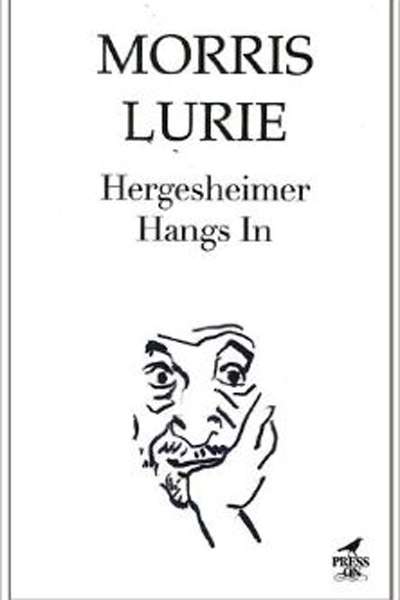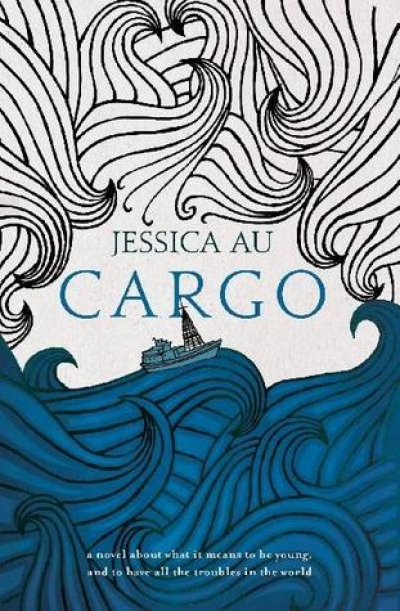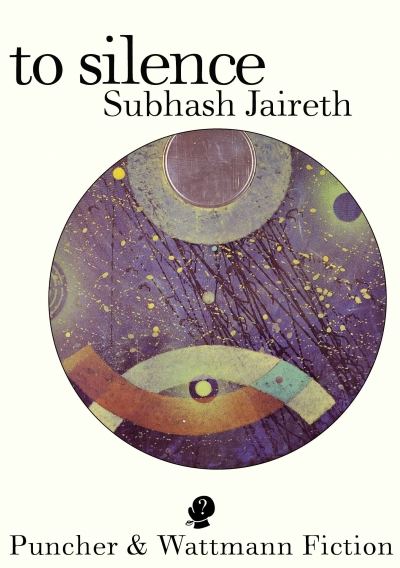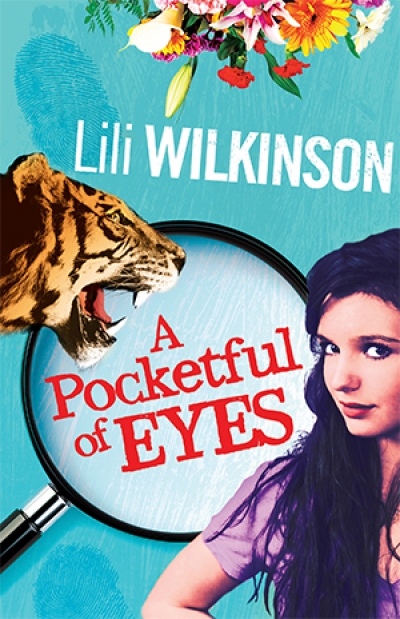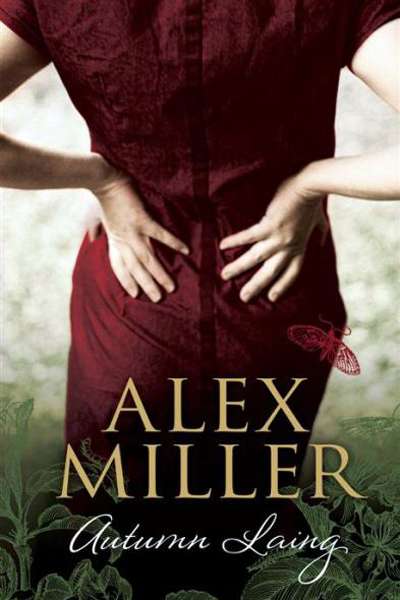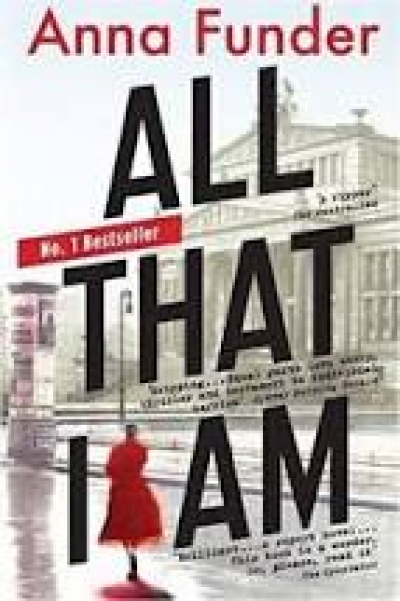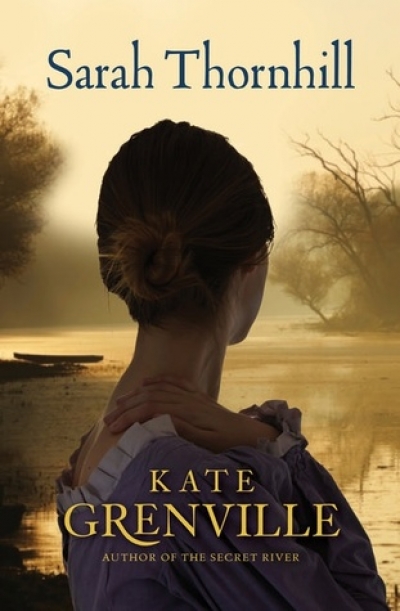Fiction
In Wild & Woolley: A Publishing Memoir (2011), Michael Wilding recalls: ‘Morris Lurie sent us a collection, too. I think if he had sent it eighteen months later I would have published it. But when he sent it, right at the beginning, I was narrowly committed to a particular experimental, innovative, new writing … Not publishing Lurie was a decision I later regretted. Over the years I continued to read him, and was increasingly taken by the wit and economy and human observation of his writing.’
... (read more)Jessica Au’s first novel, Cargo, is an arresting look at what it means to be young.
... (read more)The voices of Subhash Jaireth’s three fictional autobiographies within To Silence are those of historical figures. Kabir (1440–1518) was a mystic poet associated with the reformist Bhakti or Devotional Movement in medieval India. An illiterate weaver, he rejected idolatry and caste, and his principally Hindu philosophy showed significant Islamic influence. Maria Chekhova (1863–1957), the clever and well-educated sister of Anton Chekhov, selflessly devoted more than half her long life to running the Chekhov House–Museum at Yalta. The third voice is that of Tommaso Campanella (1568–1639), an Italian philosopher, theologian, astrologer, and poet whose brave, unorthodox views earned him almost thirty years in prison.
... (read more)Beatrice May Ross (Bee) is a list-maker, an amateur detective, a taxidermy assistant, and a regular teenage girl. She falls in love, fights with her best friend, and hates her mother’s new boyfriend, like plenty of adolescents. But she does so while stitching together a dead koala and trying to solve the ever-developing mystery surrounding the death of her mentor.
... (read more)Many Australian picture book authors and illustrators continue to develop the genre in exciting and unusual ways...
... (read more)The birth of Tom Downs on the banks of the Murray River in South Australia tragically coincided with the death of his mother. His premature arrival – in the breech position – subsequently informs how his life is played out.
... (read more)Not since Marguerite Yourcenar’s classic Memoirs of Hadrian (1951) have I encountered a novel of such bravura intensity and insight into the jagged contours of the human heart.
Autumn Laing opens with a mercurial soliloquy. Over eighteen shimmering pages, the novel’s eponymous heroine draws scarcely a breath as, in a soul-scouring torre ...
The heroine of All That I Am reflects that an author’s published books ‘preserve the fossil imprint on the world of that particular soul at that particular time’. In her début novel – based on real characters and events – acclaimed non-fiction author Anna Funder (Stasiland, 2003) has preserved the imprint of a particular group of souls at a vitally important historical moment. A beautifully executed blend of historical fiction and psychological thriller, it follows the lives of a London-based network of activist refugees from Hitler’s Germany.
... (read more)Sarah Thornhill is the third book in Kate Grenville’s loose trilogy depicting life in the early days after Australia’s settlement. Like the previous novels, The Secret River (2005) and The Lieutenant (2008), Sarah Thornhill fictionalises actual stories of settlement. In the process, Grenville transforms our history into something immediate and tangible, which gives readers the chance to enter our shared past.
... (read more)Christina Stead is an author perennially ripe for rediscovery. Her acknowledged masterpiece, The Man Who Loved Children, came out originally in 1940; in 2005, it figured in Time’s list of the 100 best novels published since 1923. But in his introduction to the Miegunyah Modern Library edition of the novel, American novelist Jonathan Franzen cites ...


